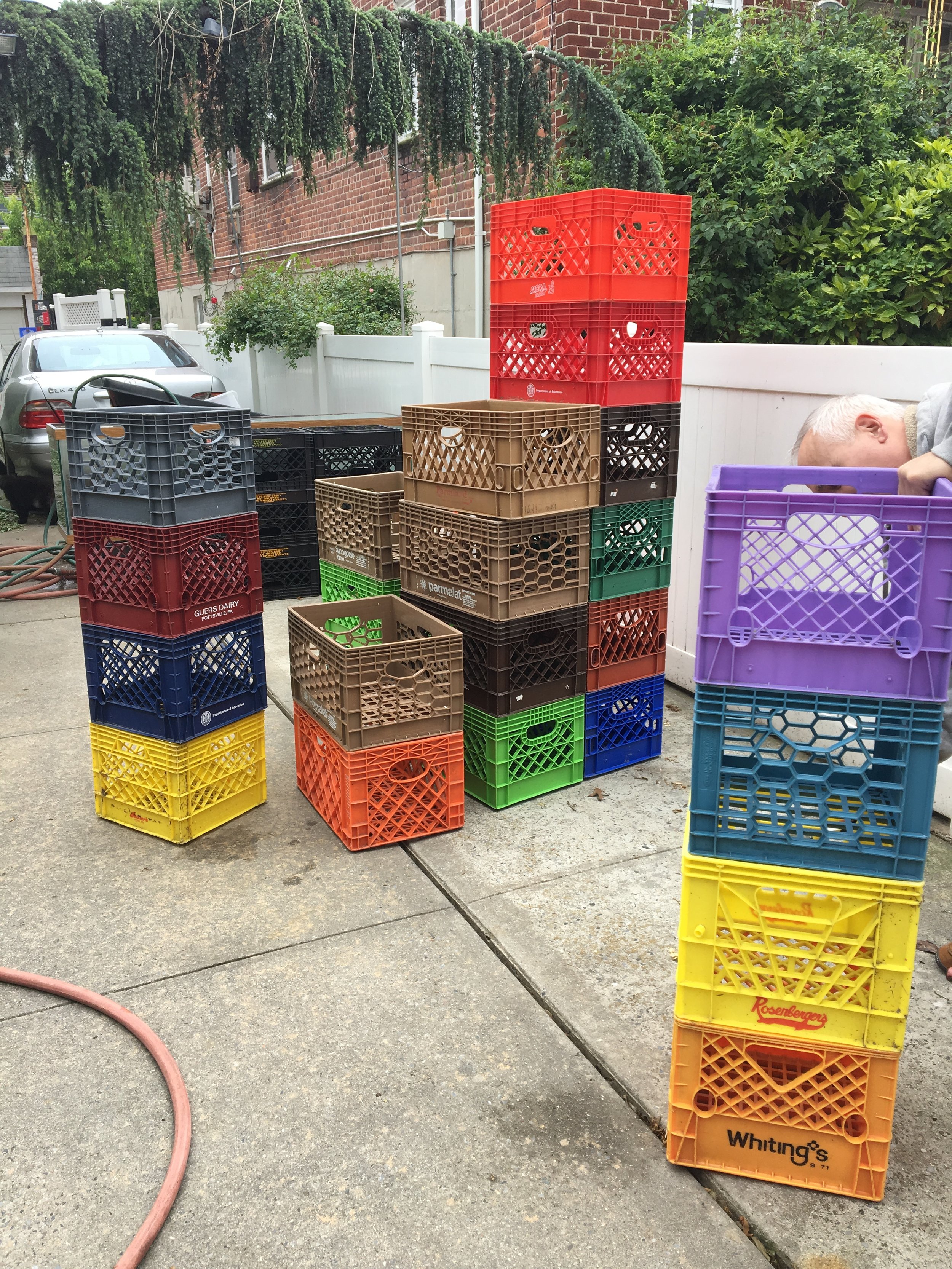Been thinking about anthropology vs aesthetics and how sometimes they are at odds and reconciling that idea when putting together a set.
I’ve had the great fortune to spend the last few months working on a number of different sets for characters from different class and cultural backgrounds. That is actually a rarity in our business. The great majority of stories that are told on screen (and thus the sets I work on) are centered on white people. Actually white males, actually straight white males from upper-middle class…but that’s a whole other topic.
What I’m trying to say is I have been RELISHING the opportunity to think deeply about different types of characters then I usually get the chance to do and imagining what their homes and spaces look like.
I love set decorating work for so many reasons and one of them is the aspect of anthropological curiosity we get to apply to how people actually live. Researching, learning, and finding what types of furniture, decorative items, functional pieces, artwork, curtain style, or leftover food wrappers that might be found on table surfaces specific people surround themselves with and what it means is a particular joy for me.
My goal when working on a set for a group of people who are often under-represented on screen is to learn as many unique little details and put them in the set so that when people from that group watch they see such a specific part of themself reflected on screen they delight in the recognition that someone “gets them” and feel truly seen. Or that the writer, actor, or director come onto the set and feel they understand the character better or cry in recognition (has happened twice!).
Most often the process to unearth these details is the set decorating team and the production designer find reference photos and work from there. Usually I take it a step further and try to interview people from the same community as the character and ask them anthropological questions about their homes.
For a few examples, that’s how I learned that it was really important to reflect Abbie’s identity as a black woman in America with specfic hair care products and sleeping caps near her bed in Irreplaceable You; that Doc and Scarlett’s characters as second generation Korean-Americans in Season 3, Episode 5 of High Maintenance, would most likely only be visually reflected in her kitchen so I dressed in the stainless steel bowls that are unique to Koreans, a rice cooker, and some Korean food products; that Adriana as a second-generation Puerto Rican woman living in New York in Season 3, Episode 8 of High Maintenance, a wooden beaded curtain would likely make an appearance in her home, and a bunch of details on the sets I’ve been working on for the last four months but can’t talk about until they air/get released.
Anyways, what I’ve been thinking about however, is where anthropology and aesthetics intersect and sometimes are at odds while putting together a set.
If we were working on a museum diorama or maybe filming doing a documentary our sets would just be recreating exactly how certain people and the anthropology would be the aesthetic. But as craftspeople, designers, and artists working on telling a visual story on screen our sets are artistically aesthetic expressions of the emotion and mood of the story as well as representations of the character and not merely anthropological recreations.
Often times the aesthetic tone of the story and character is defined and the starting point of imagining and creating a set before the anthropological details of character’s identity specifics are fleshed out. We want our sets to enrich the understanding of the character and illuminate backstories but we also want our sets to be aesthetically unified and visually satisfying.
What I’ve been thinking a lot about lately is how often the “perfect” lamp or side table for a character from a working class immigrant background is considering too ugly or far away from so-called “good taste” that they never make it into a set. On one hand there is already a fine line of representing characters with authenticity, compassion, and dignity vs being lazy, condescending, and working on stereotypes. On the other hand there is danger of imposing a certain mainstream (often white-centered) normative idea of decorating a home in “good taste” that often erases the specific details of living environments because they are “too ugly or cheap looking” but maybe there is more dignity in representing characters’ environments whatever their background as beautifully as possible.
Usually my guiding light is what makes sense for the character and what seems “too ugly” becomes “perfectly ugly” to me because it is an accurate or authentic representation. But many times that’s not how the decisions are made. I’ve worked with people where the aesthetic and design idea is the determining factor that trumps something accurate but “too ugly” and the resulting set is more beautiful and visually pleasing.
I can see both sides and I’m sure there is room for both approaches to work together when putting together layered sets to reflect both reality and the story. I would love to hear more about the underlying philosophy other decorators and designers use to approach these ideas.





























